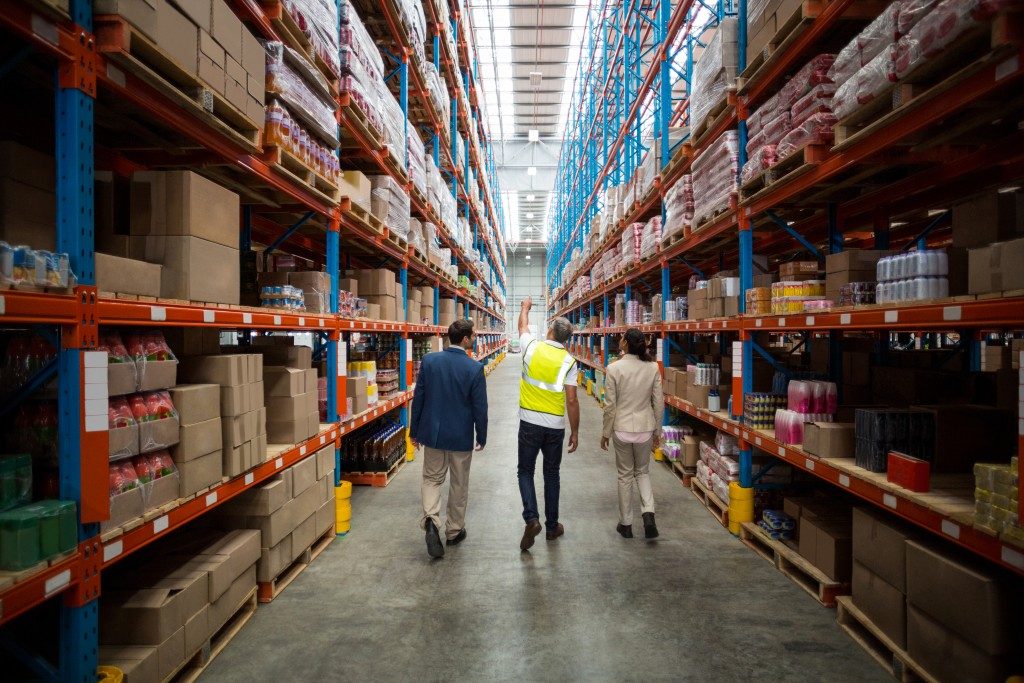Organizing your warehouse is just common sense. Workers can move around freely and get things done easier with a cleanly set-up warehouse. It also aids in making the inventory easier and streamlines the whole business process—from ordering to storing to shipping.
There are a lot of things you need to organize your warehouse—racks, shelves, containers, pallet skates, labels, signages, docks, etc. There are also a lot of decisions that have to be made. Does your space allow for drive-in or drive-thru racking? Do you prefer a flow-through racking? How about push-back shelving? The best choice will depend on the nature of your operation, as well as the size and volume of the products that your warehouse hosts.
Create A Floor Plan
Creating a floor plan is the first step to organizing your warehouse. You need to map out your whole space and see where everything should be placed in a neat, orderly, and efficient manner. You also need to consider which products are moving faster than the others because this means you have to put them in a place that’s nearer to the releasing area or exit. The goal of a floor plan is to group similar things together so it’s easier for your employees to find the area where to look for the items.
Select A Storage Solution
Pallet racking systems are preferred by almost all warehouses because it allows you to maximize the vertical space. The right racks and shelves will produce a clean-looking and well-organized warehouse. It will also make it easier for workers to find the items they need to take out. Other things you need for the proper storage of products are shipping containers, bins, and coolers and freezers if the products you’re storing are temperature-sensitive. After installing the racks and shelves, you need to label them according to the floor plan so when the products are ready to be put in the warehouse, you’ll know which should go where.
Adopt Technology

Use warehouse management software to make for easier inventory. You can also use the software to sequence orders—group the orders by zone and based on whether they are conveyable or non-conveyable items. The software can organize the workflow in the warehouse in such a way that will be easier for your workers to identify where everything is placed and how the orders should be prepared and picked up.
Install Safety Measures
Musculoskeletal disorders are the leading causes of warehouse-related injuries, the Occupational Safety & Health Administration (OSHA) once said in a report. Musculoskeletal disorders include lower back injuries, carpal tunnel syndrome, muscle strains, and tendinitis. A workspace and workstation should be designed to, above all, ensure the safety and protection of the workers. Space should be designed in accordance with the tasks that a worker is assigned to do. In many instances, workers feel more confident when their workspaces have safety measures in place. They become more efficient and less concerned about the probability of accidents.
Maintaining an organized warehouse does not only ensure the productivity and efficiency of the whole process, but it also allows you to manage the inventory better. It prevents instances of racketeering and financial malfeasance because everything is in black and white.



